Italian Ricotta Cheesecake with Pineapple
This post may contain affiliate links. For more information, please see our disclosure policy.
One of my favorite cheesecakes. This Italian pineapple cheesecake is made with whole milk ricotta and crushed pineapple for a unique twist and added flavor. It has a creamy texture and is oh soooo good!
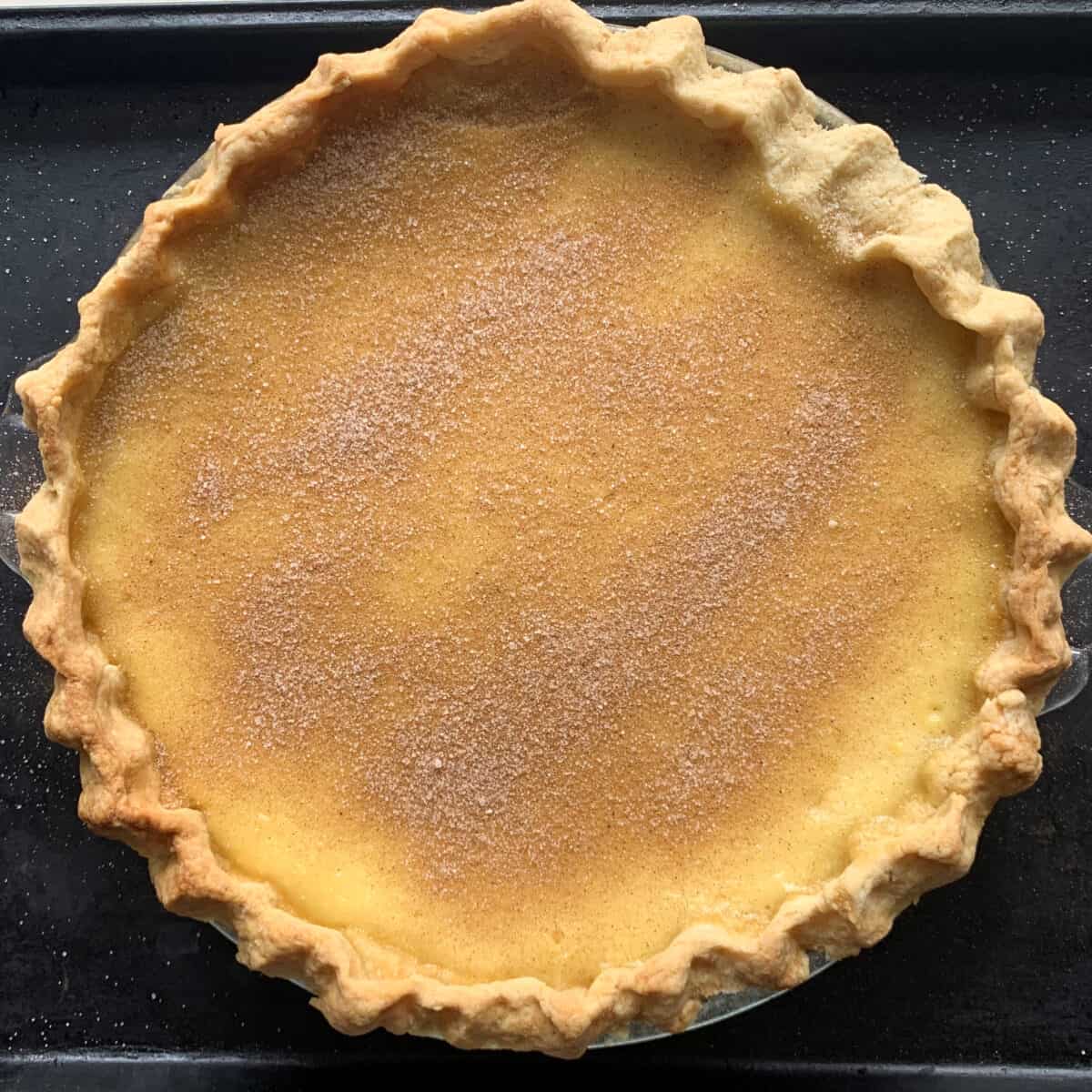
There are several traditional Italian Easter recipes that are very near and dear to my heart. These include Italian Easter bread, Italian rice pie (which can also be made with pastina), and Pizza Rustica (which is a meat and cheese pie). I love them all!
This year I wanted to add something new, and because we all love cheesecake, I baked this Italian pineapple cheesecake. I love pineapple or strawberry with my cheesecake, so this recipe was perfect.
The results were fabulous!
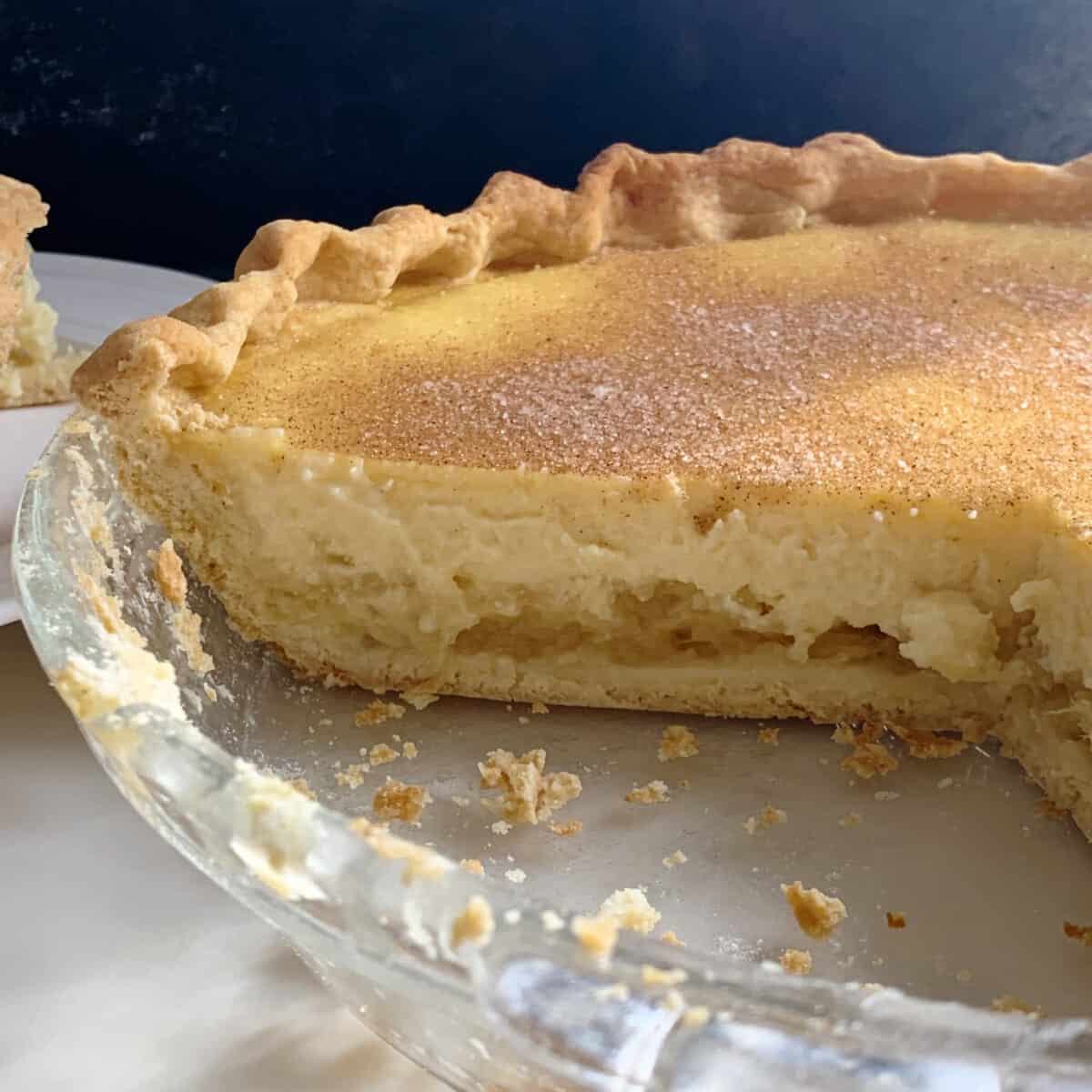
Overview of Process
- Line a baking pan or pie plate/pan with the pie dough and form a decorative edge around the top if desired (see Quick Tips section below). Refrigerate for an hour or so.
- To make filling, add eggs, ricotta, sugar, and cream to medium sized bowl and mix until incorporated. I mix until nice and smooth.
- Add vanilla and cornstarch and mix again.
- Add the drained crushed pineapple and then mix again gently OR you can add pineapple on the bottom of the pie and layer the cheese mixture on top. I’ve done both.
- Cover edges of pie with aluminum foil to prevent over-browning.
- When ready to bake, preheat oven, pour filling into prepared pie shell and bake!
- Sprinkle cinnamon powder or cinnamon sugar on cooled pie (optional).
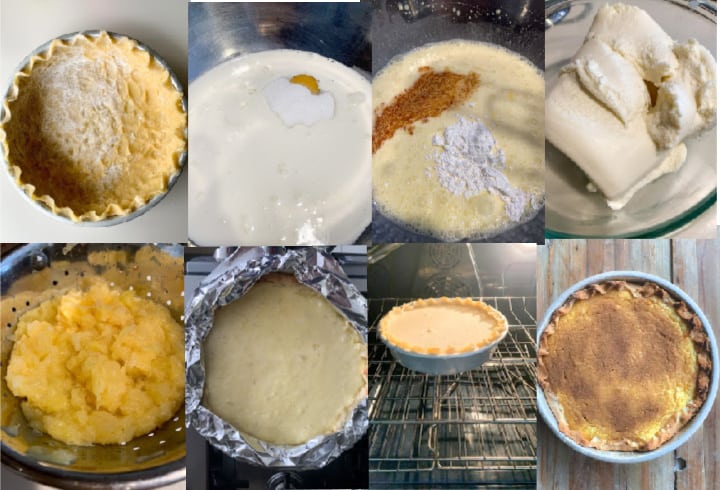
Tips for Success
- Make your pie crust ahead of time and refrigerate it.
- Read tips for rolling out pie crusts.
- Watch how to master decorative edges on your pies (I need practice here)!
- Make sure to strain your ricotta cheese if necessary (some brands are thicker than others) and also strain the liquid from your crushed pineapple. I use either a colander with small holes or a fine mesh strainer.
- Do not overfill your pie shell. Make sure the filling is at least 1/4 inch below/lower than the top of your crust.
- Use aluminum foil to cover your crust or it might brown/burn (for “how to”, see photo in blog post).
- Keep an eye on the pie toward the end of the bake time. Check every 5 minutes during the last 10 minutes of baking and extend bake time if needed. The pie is done when it has puffed up slightly but is still a little bit jiggly.
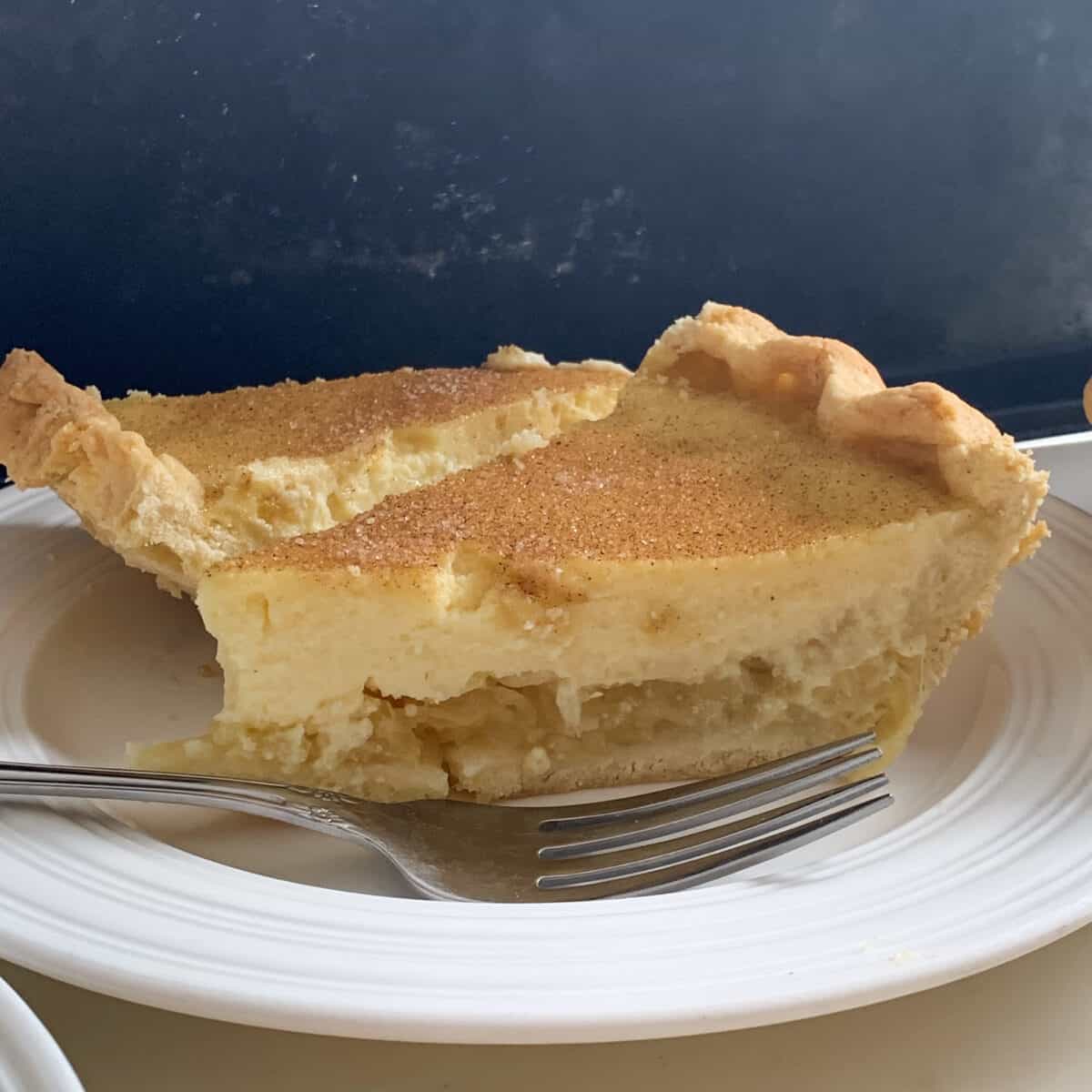
♥️ Loved this recipe? I’d be thrilled if you’d rate it ⭐️ and share your experience in the comments below! Your ratings and comments help other readers discover this recipe and keep this blog going. Did you add any special tweaks? Our community of home cooks would love to hear about it! ♥️
Recipe Card
📖 Recipe
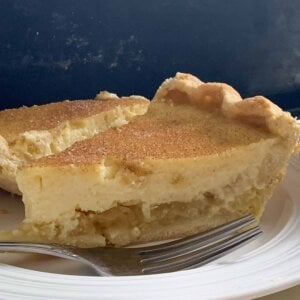
Pineapple Ricotta Cheesecake
Equipment
- 8-inch cake pan or 9-inch pie pan
Ingredients
For the Pineapple Ricotta Filling
- 3 large (3 large) eggs
- 1 cup (200 g) sugar
- 1 tbsp (1 tbsp) corn starch
- 1 pound (453.59 g) ricotta cheese drained well, using fine mesh strainer
- 1 cup (238 g) heavy cream or half and half
- 1 tbsp (1 tbsp) vanilla extract
- 16 ounces (453.59 g) crushed pineapple drained well, using fine mesh strainer (press with large spoon to facilitate drainage)
For the Pie Crust
- 1 1/4 cup (244 g) all purpose flour
- 1/4 cup (50 g) sugar
- 1/2 teaspoon (1/2 teaspoon) salt
- 5 tbsp (73.93 g) unsalted butter cut into cubes
- 1 large (1 large) egg , can use another egg if dough seems too dry
- 1 tbsp (1 tbsp) grated lemon Optional; from one small lemon
- 1/2 teaspoon (1/2 teaspoon) baking powder
For Decorating the Pie (optional)
- 1/2 teaspoon cinnamon powder
- 1 tablespoon sugar
Instructions
To Make the Pie Crust
- In a large bowl, add the sugar, flour, salt, baking powder, and cubed butter (and lemon zest if using). Using your hands, incorporate the butter into the dry ingredients until the mixture looks like coarse sand. May also use a food processor.
- In another bowl, lightly whisk the egg(s) and then pour into the dry sandlike mixture and stir until all of the egg has been incorporated.
- Press down and form a dough, knead a few times until there are no dry bits remaining. Form a flat disk shape, wrap in plastic wrap or place into an air tight plastic bag and refrigerate for at least 1 hour. I like to roll out the dough a little after it is in the bag to facilitate the rolling after it has been chilled.
To Make the Pie Filling
- Combine cornstarch and sugar in a medium sized bowl and whisk (or use a standing mixer).
- Add eggs and mix/beat until combined.
- Add ricotta and vanilla and blend very well.
- Add the heavy cream and mix well.
- Fold in the well drained pineapple and slowly mix until incorporated. Or alternatively, add pineapple to the bottom of the pan as a first layer.
To Build the Pie
- Grease an 8-inch cake pan or 9-inch pie pan with cooking spray or butter.
- Remove the pie crust from the refrigerator and roll out into a circle that is about 12 inches in width, using plenty of flour to coat the countertop and top of the pie crust. Add more flour and flip the crust at least one or twice as you are rolling it out. I find a bench knife or scraper helps me to lift the crust when I want to flip it. See link in notes section for more tips.
- You may want to trim the outer edges to make a neat circle using a pizza cutter or knife. It may help to drape the pie crust over the rolling pin when you are transferring it to your baking pan.
- Line the baking pan with the pie crust and form a decorate edge if desired. See notes for link on decorative edges. Place crust into the refrigerator while you warm up the oven.
To Fill and Bake the Pie
- Preheat oven to 425 degrees (you will later reduce temperature to finalize baking). Place one rack on second to lowest position and another in middle of oven.
- Remove pie crust from refrigerator and pour in the prepared filling.
- Filling should be at least 1/4 inch or so below the top of the pie crust.
- I used tin foil to protect the edges of the pie from burning.
- Bake the pie at 425 degrees for 15 minutes.
- After 15 minutes, reduce oven temperature to 325 degrees and bake for an additional 60 to 80 minutes. (For the first 30 minutes of baking, bake on lower rack and then move to middle rack for remaining back time.) Total baking time is approximately 95 minutes.
- The pie will puff up a bit but still be a little jiggly but not overly so.
- I let the pie cool in the oven with the door ajar for about 20 minutes (oven is turned OFF).
- After the pie has slightly cooled, mix the cinnamon with the sugar and sprinkle top if desired.
- Store pie in the refrigerator until ready to serve.
Notes
- Make your pie crust ahead of time and refrigerate it.
- Read tips for rolling out pie crusts.
- Watch how to master decorative edges on your pies (I need practice here)!
- Make sure to strain your ricotta cheese if necessary (some brands are thicker than others) and also strain the liquid from your crushed pineapple. I use either a colander with small holes or a fine mesh strainer.
- Do not overfill your pie shell. Make sure the filling is at least 1/4 inch lower than the top of your crust.
- Use aluminum foil to cover your crust or it can overbake (see photo in blog post).
- Keep an eye on the pie toward the end of the bake time. Check every 5 minutes during the last 10 minutes of baking and extend bake time if needed. The pie is done when it has puffed up slightly but is still a little bit jiggly.
Nutrition
Adapted from Susan Russo, NPR “Nan’s Way, The Only Way to Make Easter Pies”

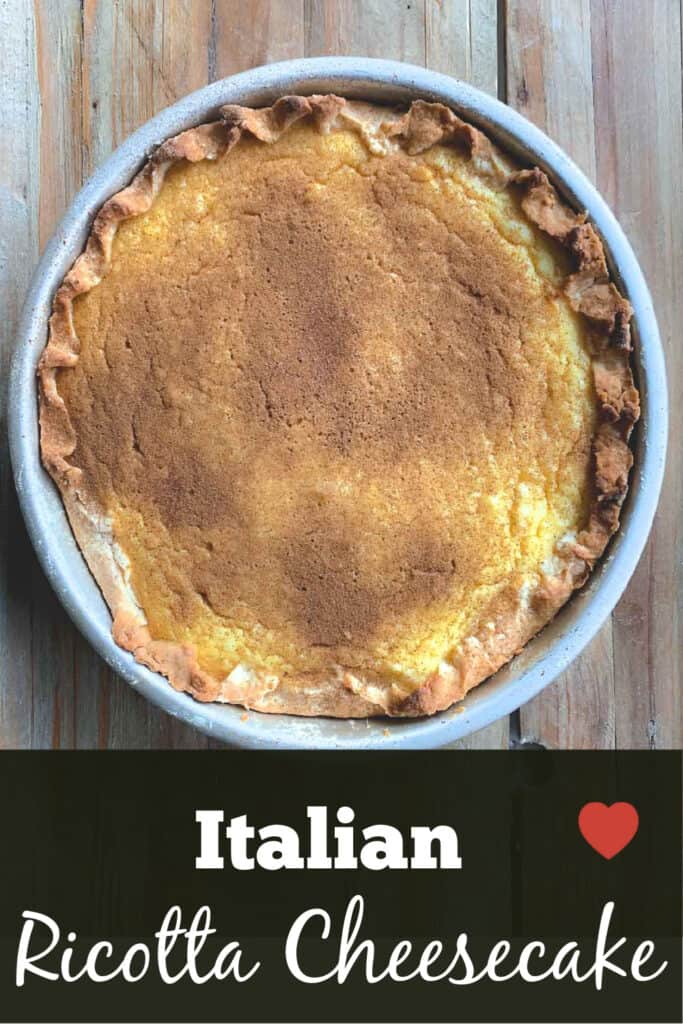
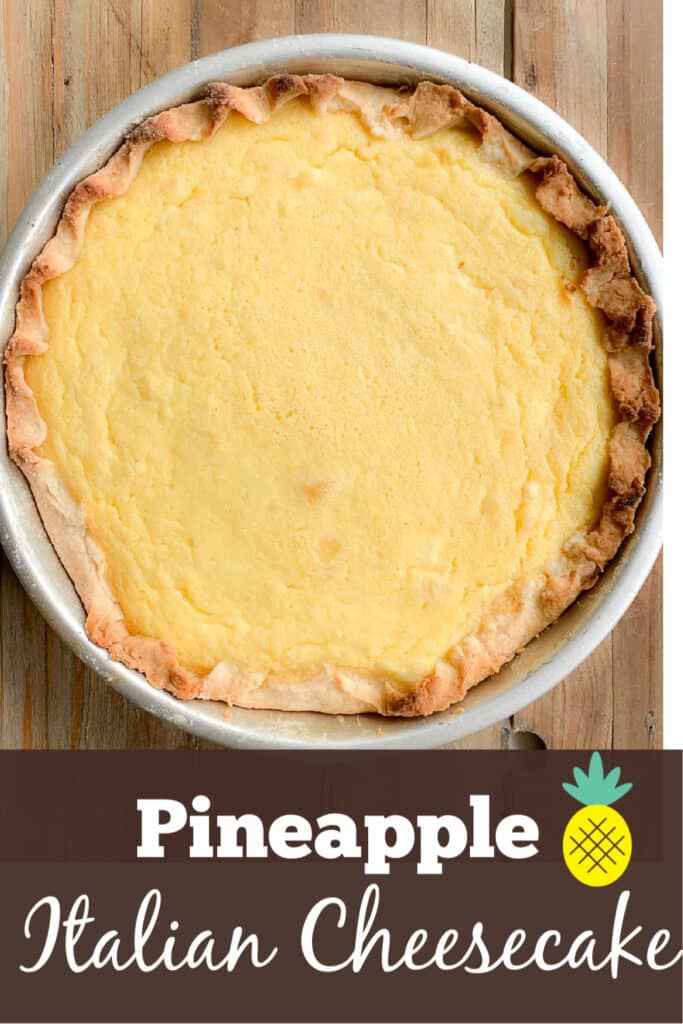
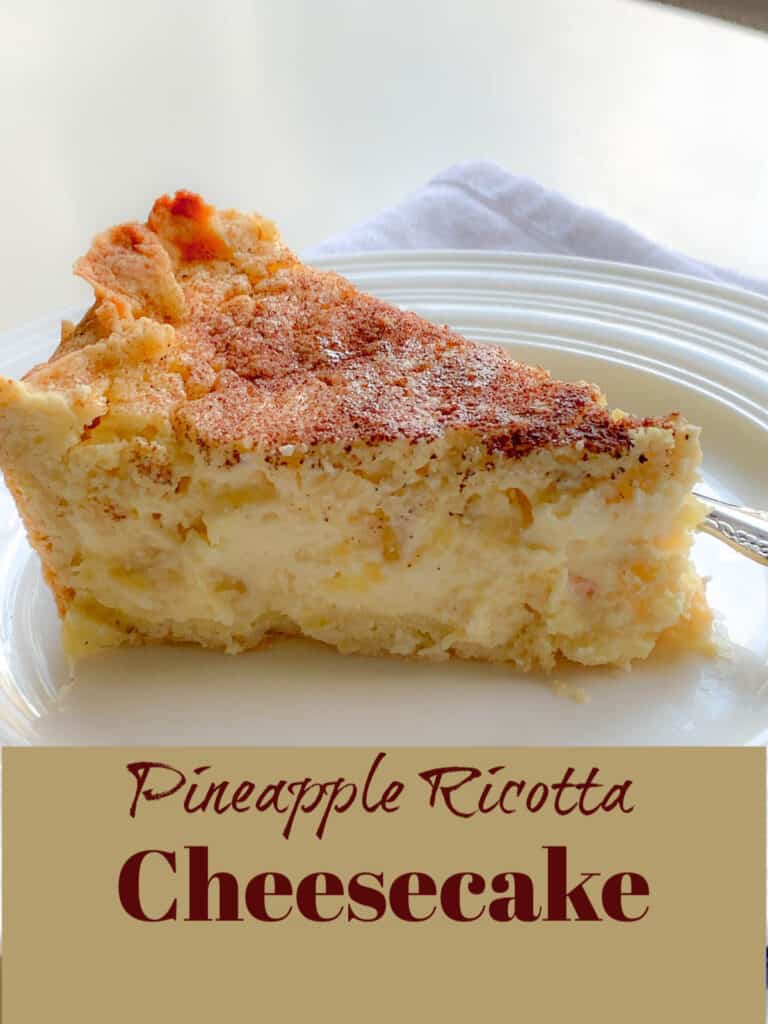
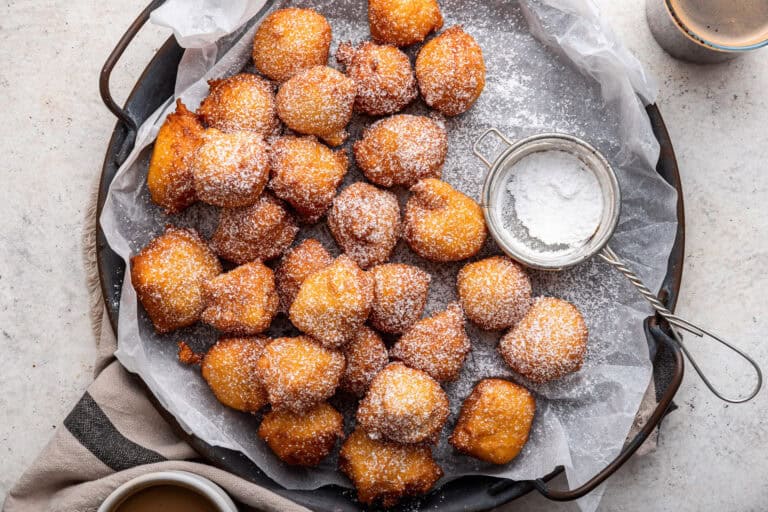
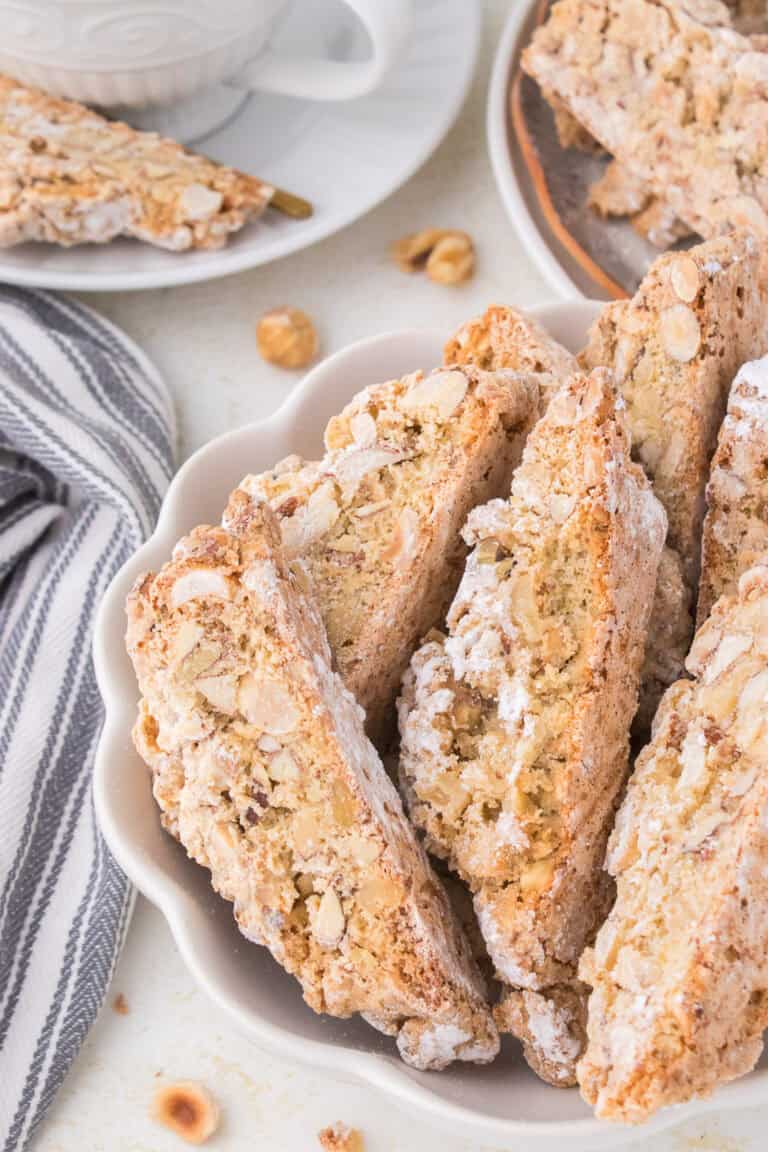
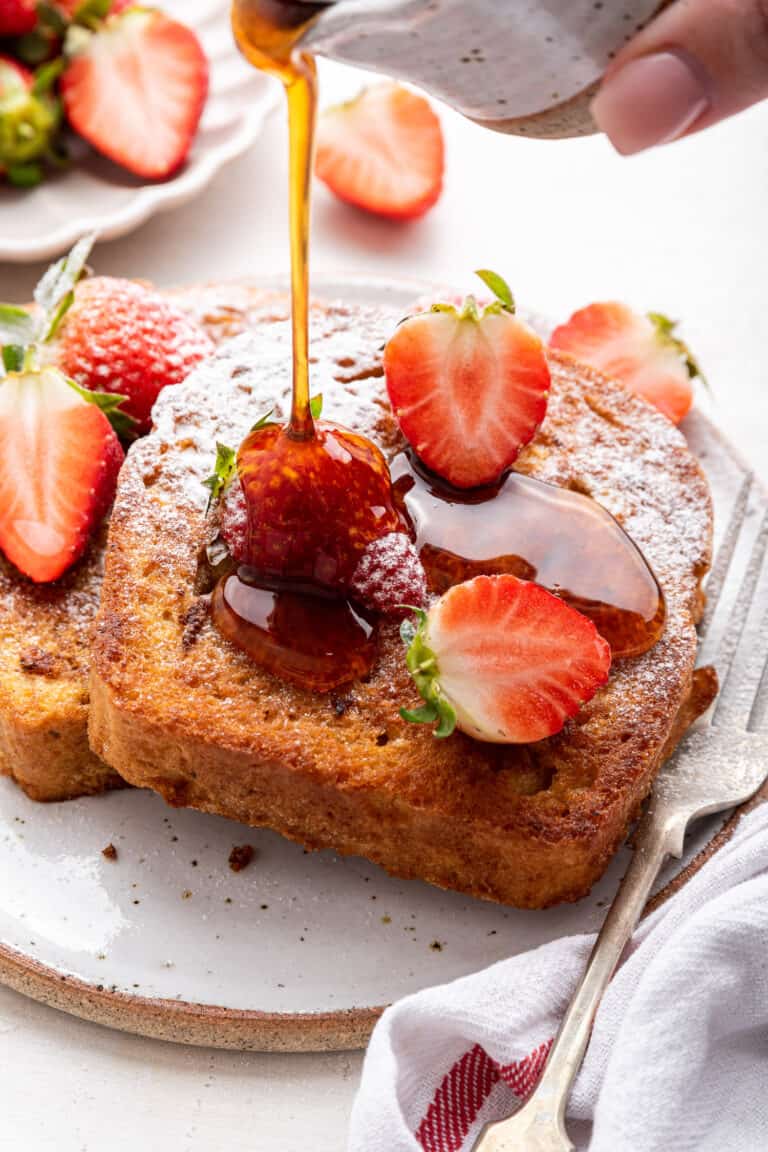
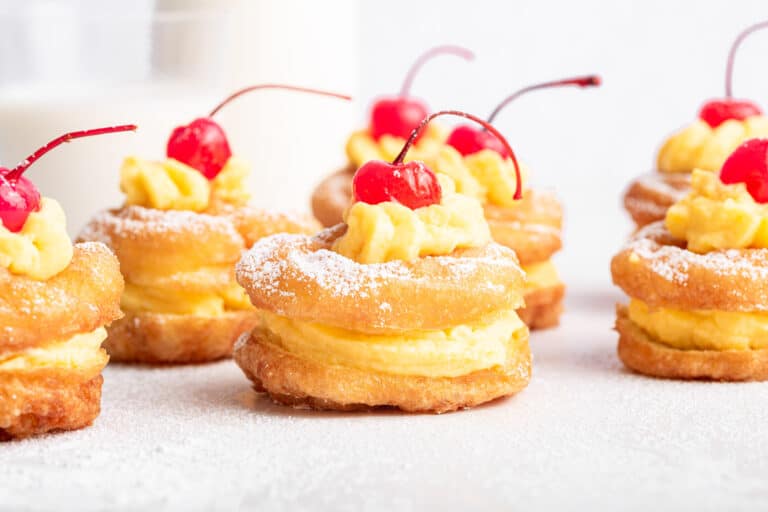
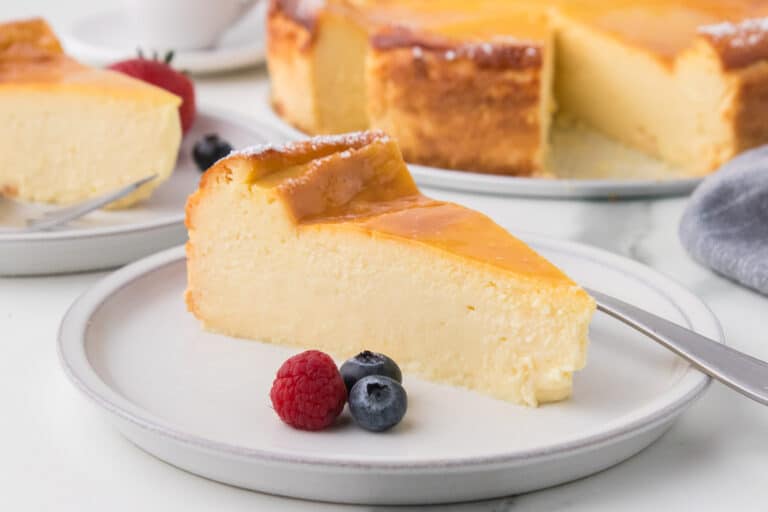
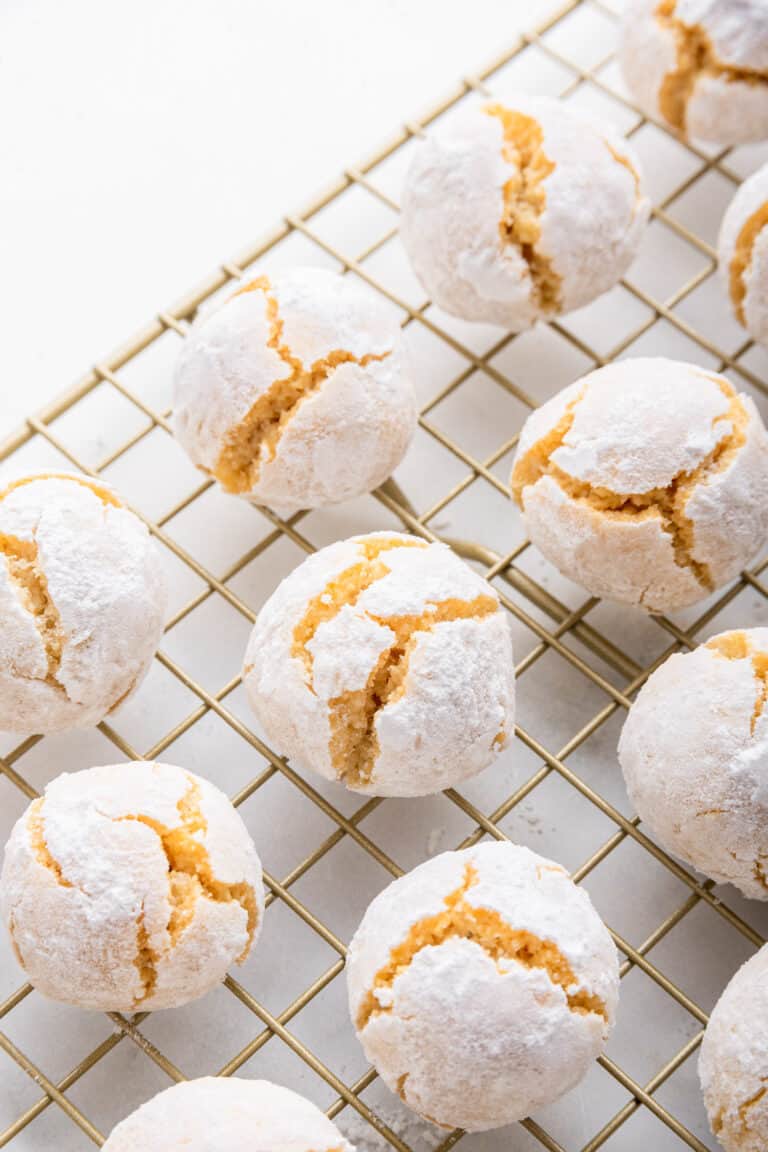
I have made this pie and loved it. Wanting to make it again today I have returned from the grocery store with mascarpone instead of ricotta! Do you think I could substitute?
Many thanks
I think it would be more like a my cheesecake in texture but sounds yummy!
Can you make this pie crust less ?
I personally have not but I would assume so yes.
I made one for our new neighbors and one for my family after being inspired by watching The Sopranos. My wife says it’s her favorite. I substituted mini chocolate chips in lieu of pineapple at my wife’s request. I will make this again many times over.
I made this today. I came out amazing. We loved it and I will be making it again!
One of my favorites too! So glad you are enjoying it.
Possibly the best thing I’ve made in awhile! Just a couple of remarks. In the instructions for making the pastry I don’t see anything about the lemon zest so I excluded that and it says add eggs (plural) but it calls for one egg. However these are small issues as the pie is delicious and I will make it again! Thanks for all the tips and tricks for making the pastry and the details and photos in the recipe. I would love to share a photo but not sure how to add it
My crust was undercooked? Everyone loved it, but I was disappointed with the crust. I used a glass pie plate on a cookie sheet. What could I do differently?
Hi Rita, awe I’m sorry to hear about the crust…I’d say bake on a lower rack so bottom cooks faster than top (bottom third of oven)…hope that helps. The other thing you can consider baking the cheesecake longer but place tinfoil over top of it starts getting too dark. I’d try first option first though.
Came out great.
Glad to hear it! This is on my list to make very soon…